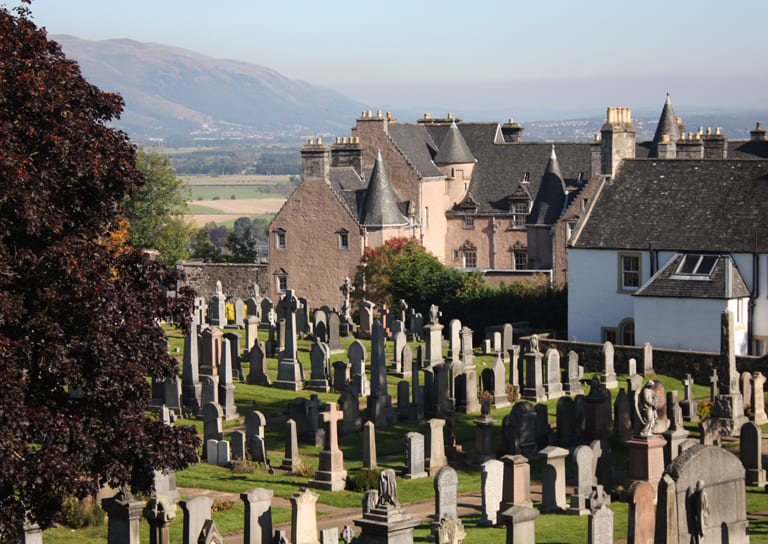- Home
- Our Work

- Stirling's Story

- Blog
- Beechwood House and the Transatlantic Slave Trade

- New Retrofit Service now available for Traditional Buildings Health Check Members

- Retrofitting Traditional Buildings: Chimneys

- SCHT 20: Championing Women in Construction
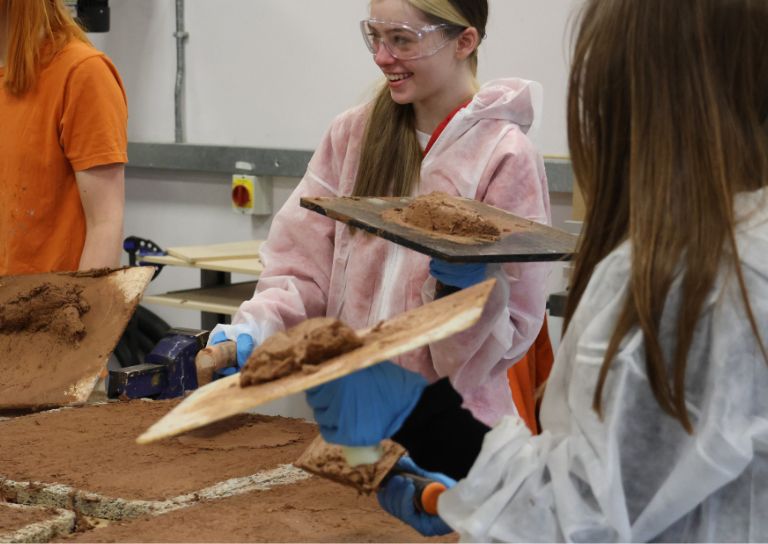
- Stirling's Lost Swimming Pools
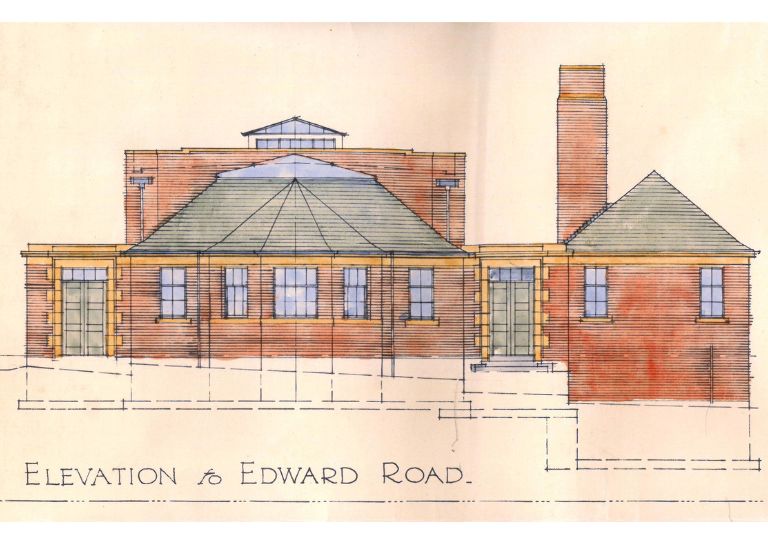
- Women in Construction at Bannockburn House
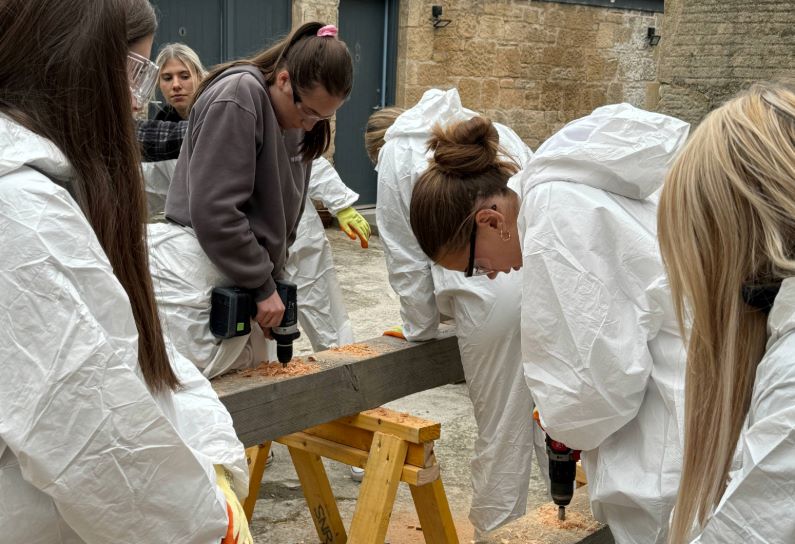
- Avenues to the Past: Stirling’s Historic Streets Exhibition

- Retrofitting Traditional Buildings

- Retrofitting Traditional Buildings: Windows

- Statement on Langgarth House

- Guest Blog: Dementia Friendly Heritage Interpretation

- SCHT Grant Conditions: Owners Associations
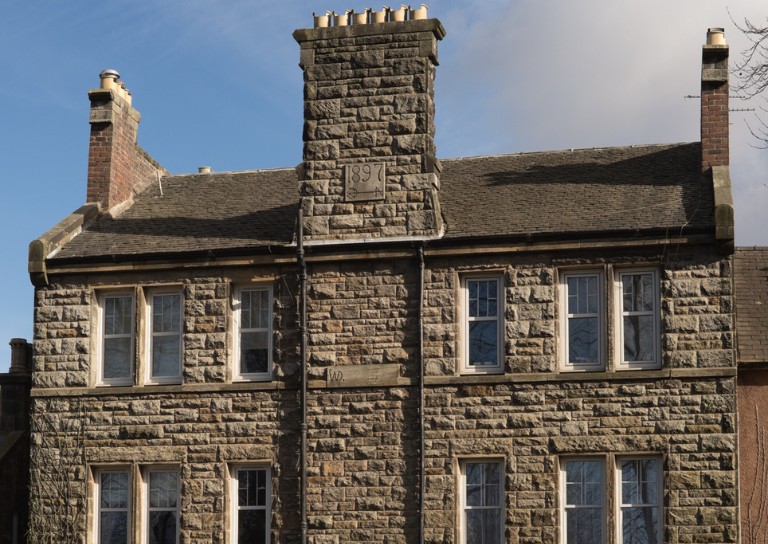
- Stirling Business Awards 2025

- What is a Conservation Area
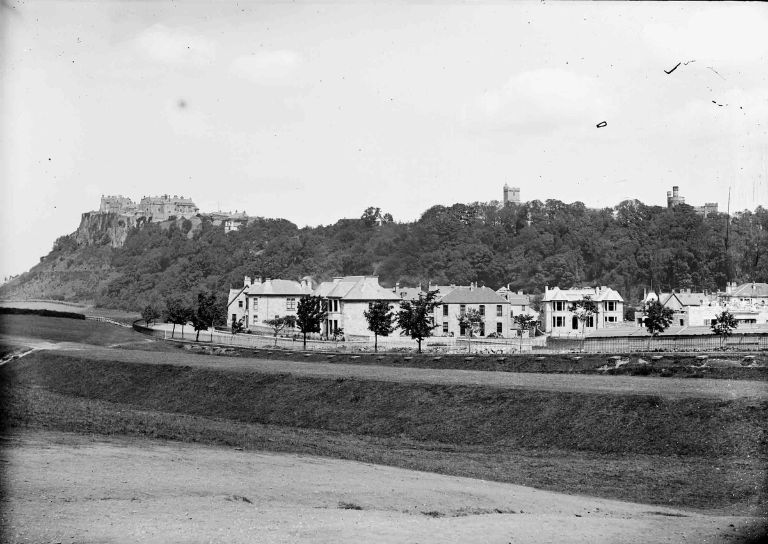
- 20 Great Buildings of Stirling

- Building Resilience: Maintaining Traditional Buildings

- Architects and The Thistle Property Trust

- World Heritage Day: Exploring Hayford Mill

- Community Consultation launched for Stirling’s Heritage Strategy

- SVE Inspire Awards September 2024

- Reminiscence Art Project
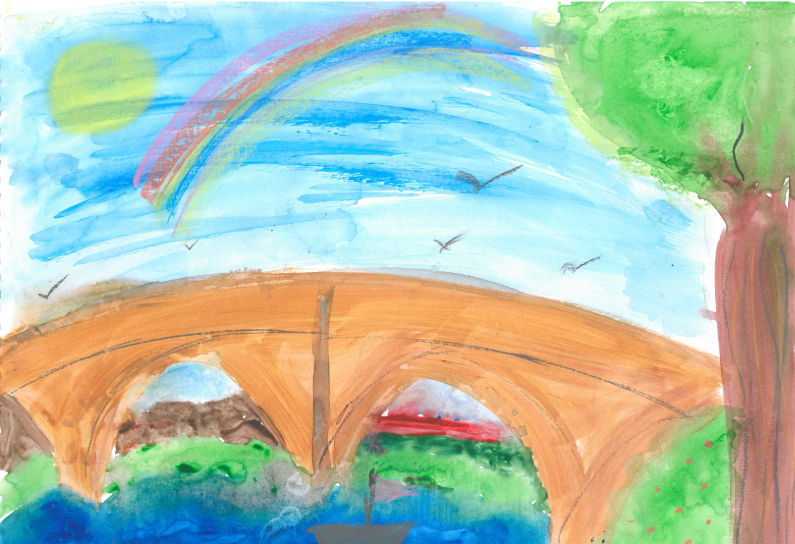
- On the European Stage: Preserving by Maintaining conference, Bratislava

- The Abolition Movement in Stirling

- Shopping Arcades

- Retrofitting Traditional Buildings: Insulation

- Retrofitting Traditional Buildings: Climatic Adaptation
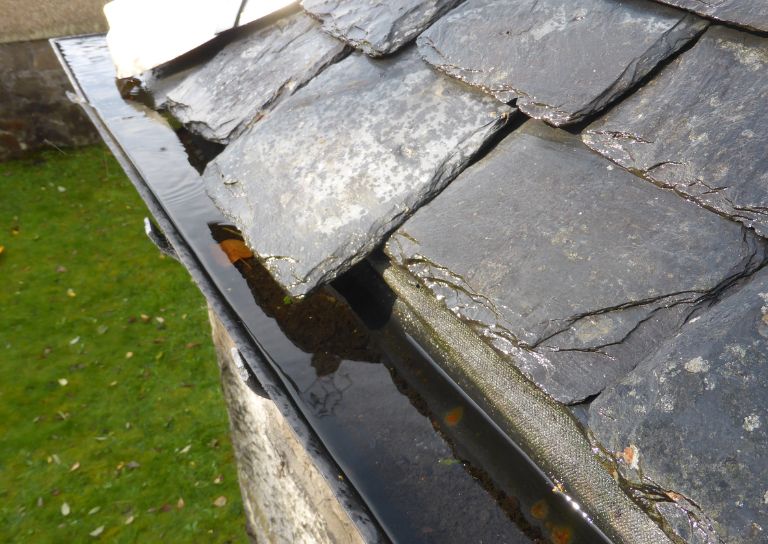
- Kings, Wolves and Drones: 20 years of care and repair at Stirling City Heritage Trust

- Practical Workshop on Retrofitting Insulation with A. Proctor Group
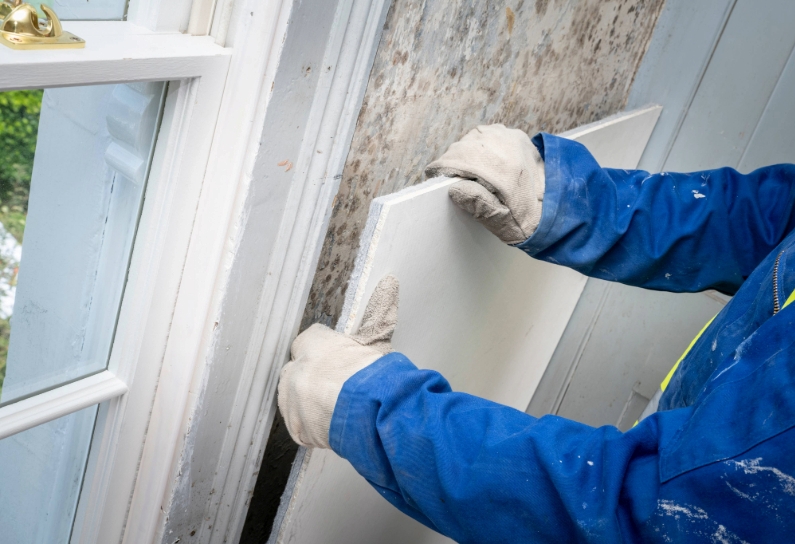
- Marking the 80th anniversary of VE Day
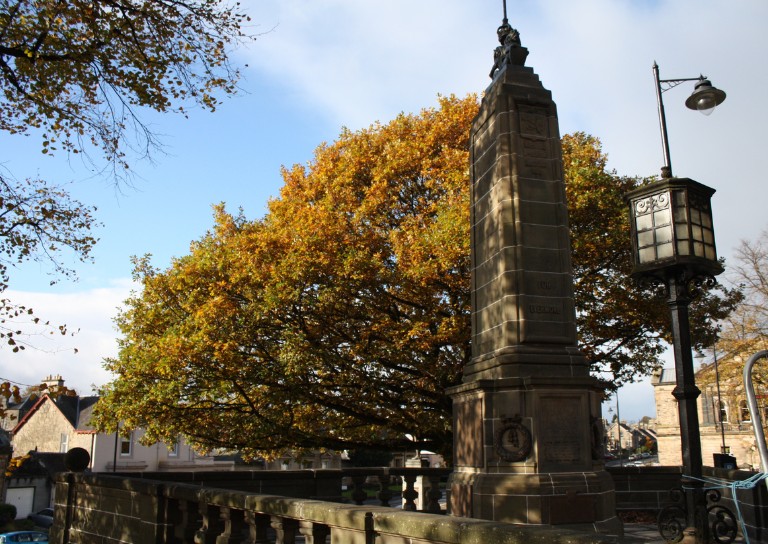
- Walker Family Visit

- Retrofitting Traditional Buildings: Fabric First

- Supporting traditional building repair in Stirling
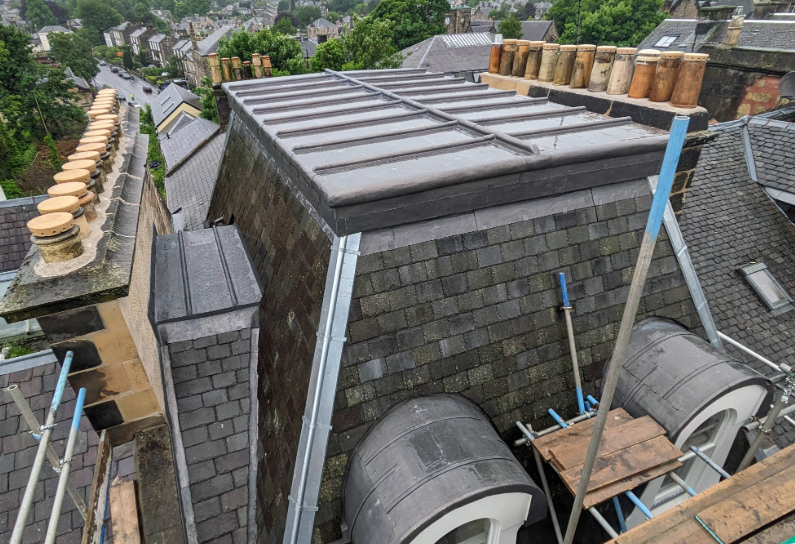
- Stirling's Historic Jails

- Ghost Tales from Stirling

- Stirling Reminiscence Box

- Stirling City Heritage Trust at 20

- Retrofit Event: Meet the Suppliers

- Snowdon House and The West Indies

- Miss Curror and the Thistle Property Trust

- Dr Lindsay Lennie retires from Stirling City Heritage Trust

- Stirling’s Streetscape Stories: Photography Workshop

- Level 3 Award in Energy Efficiency for Older and Traditional Buildings Retrofit Course (2 Day)

- Stirlingshire’s Highland Games

- Creative careers in the heritage sector

- Postcards From Stirling

- Stirling’s Gala Days

- Building Surveying Student Intern at Stirling City Heritage Trust

- Heritage Trail: Stirling Walks

- Local History Resources

- Stirling Through the Decades

- Stirling’s STEM Pioneers

- Traditional Skills: Signwriting

- Christian MacLagan, a pioneering lady, but born too soon?

- Traditional Shopfronts in Stirling

- Stirling History Books for World Book Day

- My Favourite John Allan Building by Joe Hall

- My Favourite John Allan Building by Lindsay Lennie

- My Favourite John Allan Building by Andy McEwan

- My Favourite John Allan Building by Pam McNicol

- Celebrating John Allan: A Man of Original Ideas

- The Tale of the Stirling Wolf

- Stirling: city of culture

- Christmases Past in Stirling

- Stirling’s Historic Graveyards

- Top 10 Tips for Architectural Photography

- An Interview with David Galletly

- Springtime in Stirling

- The Kings Knot – a history

- A Future in Traditional Skills

- Robert Burns’ First Trip to Stirling

- Stirling’s Witches

- Stirling’s Ancient Wells

- An architecture student’s take on the City Of Stirling

- Ronald Walker: Stirling’s Architect

- Stirling’s Statues

- Stirling’s Wee Bungalow Shops

- Stirling’s Historic Hospitals

- Women in Digital Innovation and Construction

- Heritage at home: 8 of the best online heritage resources

- Stirling featured at virtual heritage conference

- Five of Stirling’s greatest John Allan buildings

- Women in Construction – Stirling event report

- Scotland’s trailblazing women architects

- Stirling’s Heritage: Spotlight on The Granary

- TBHC Scheme now open to properties in Dunblane and Blairlogie

- How drones help us inspect traditional buildings

- Hazardous Masonry & Masonry Falls

- Mason Bees: What’s the Buzz?

- Stirling Traditional Skills Demonstration Day Success!

- Floating Head Sculpture at Garden Glasgow Festival 1988

- The story behind Paisley Abbey’s Alien gargoyle

- Cambuskenneth Abbey

- Stirling City Heritage Trust Publications

- Sharing Memories: Taking '20 Great Buildings of Stirling' into the community

- William Wallace Statues In Stirling

- Coronations and Royal Christenings in Stirling

- The development of King's Park

- Energy efficiency project awarded grant from Shared Prosperity Fund

- Inspiring the Future: Stirling City Heritage Trust's Women in Construction Event at Wallace High

- Doors Open Days Talk: Who Built Stirling?

- 10 Years of the Traditional Buildings Health Check

- Growing up in Stirling: A Night of Reminiscence at The Smith

- SCHT visit to Brucefield Estate, Forestmill, Clackmannanshire

- Statement on Christie Clock

- Stirling’s Lost Skating Heritage

- Laurelhill House and the West Indies

- Beechwood House and the Transatlantic Slave Trade
- About Us

- Support Us

- Contact

Hazardous Masonry & Masonry Falls

Unfortunately, falling masonry is not a rare occurrence with incidents being reported to councils on a frequent basis across Scotland. In October 2019 figures obtained from City of Edinburgh Council by The Scotsman newspaper showed that there had been more than 180 reports of masonry (and other building materials) falling from city centre buildings in the last year.
It’s also not a new problem. In June 2000, a waitress working for a bar in Edinburgh’s West End was killed and another person seriously injured after masonry fell on to the busy terrace below.
So why does it happen and how can we minimise the risk?
A programme of regular inspections, maintenance, and repairs is essential to prevent naturally occurring decay and deterioration from developing into more serious problems. But difficulties and costs associated with access needed to carry out these works mean that masonry at high level is often overlooked. Inspections requiring the use of cherry pickers, rope access, and more recently drone technology, can be expensive, and when scaffolding is needed it’s not unusual for the cost of the scaffolding to exceed the work.
In Scotland, many of our traditional buildings are constructed of stone, particularly sandstone, and like all natural materials it decays when exposed to the elements. In extreme circumstances, the decay can lead to structural instability and failure. The permeable nature of stone makes it particularly vulnerable to water, and so traditional buildings were designed to remove water from stone surfaces as quickly as possible. The mortar used to build the stone was typically composed of sand and lime resulting in a mortar of similar strength and permeability to the surrounding stone. This ensures that water penetrating the stone is drawn to the surface through the joints where it then evaporates. But when this process is interrupted, e.g. by replacing original lime mortar pointing with a modern impermeable cement mortar, the water can be trapped within the stone and can cause decay.
Other factors affecting structural integrity may include; settlement, subsidence, watercourses and large trees. These are problems best left to a structural engineer to assess. If you think your building is impacted by structural issues you are advised to consult an appropriate building professional.
Common problems
Bulging walls or displaced masonry which may indicate structural instability. Old buildings tend to settle over time, and this is reflected in widened joints or displaced masonry. If there is significant movement the masonry may crack. Cracks will usually run vertically and may follow the jointing pattern of the masonry. Widened joints or cracks may allow water to penetrate where it freezes in winter causing issues due to frost expansion.
Deterioration of the masonry surface resulting in loss of material and even deep recesses which trap water. Stone is subject to erosion by the elements and pollution and it will decay naturally but significant surface damage may indicate underlying problems. Cement mortars plastered onto a stone surface to patch over stone decay in a technique known as plastic repair, can encourage decay to continue beneath. In time the plastic repair may also fail and detach from the stone surface and fall to ground.
Deeply recessed or missing pointing. The original mortar pointing is sacrificial and deterioration over time is expected, but if deterioration results in completely open joints then water may penetrate the interior of the wall. Periods of heavy rainfall or defects such as leaking rainwater goods will exacerbate the problem. Where modern cement mortars have been used to repoint, the penetrating water can also be trapped within the masonry. In time, saturation of masonry walls can impact structural timber components such as floor/ceiling joists, and failure through rot may follow.
Vegetation. The roots from large plants and small trees that work their way into open joints and cracks looking for moisture can cause displacement of stones weighing several hundred kilos. If allowed to grow unchecked the damage caused by roots can be significant.
Rusting metal brackets and fixings can expand causing displacement of masonry. If enough stress is applied by the expanding metal the stone will crack. Ferrous metal fixings used in the original construction of some traditional buildings have been known to cause masonry failure. A common example of this problem is when window sills and lintels fracture where iron security bars were fitted.
Typical problem areas
Chimneys
Chimneys are usually the highest point on a building and the most exposed to the elements. They are also one of the most neglected building elements and there have been several catastrophic chimney collapses in recent years. In February 2020 during storm Ciara, a chimney above the gable of a tenement building in the city of Perth collapsed, and rubble fell onto the building and street below.
We recommend chimneys are visually inspected annually. If deviation from the vertical has occurred since it was last inspected, or the outer walls are bulging, this may indicate a serious structural issue which should be assessed by a structural engineer. There will be internal dividing walls if more than one flue terminates at the chimney and if the outer walls spread, or bulge outwards the internal flu walls may become detached and collapse into the flue, further weakening the structure, and causing blockages. The outer walls of a chimney can be relatively thin, as little as 100mm, and degradation of the internal surface by acidic flue gasses can combine with external decay to reduce the masonry thickness and perforate the masonry. Cement mortar repairs offer no structural advantage and when the cement is removed the masonry is often found to be only a few millimetres thick and degraded beyond practical use.
Gable Walls
At the gables, the masonry coping which lies on the sloping walls is called skew coping. Historically the skew copes were not mechanically fixed to the wall. A stone with a stop end called a skew putt was usually built into the wall at the bottom of the gable on either side to support the skew copes and prevent them from slipping down. Significant decay, cracks or displacement of the skew putts and coping should be investigated as it may indicate underlying structural problems.
Projecting Masonry
Heavy cornices which project from the wall face were traditionally designed so an equal or greater volume of stone rests within the wall to prevent the stone tipping forwards. Structural movement within the building can result in displacement of the stone upsetting this balance. A cornice may be constructed with a plain parapet wall above and if enough movement occurs the entire course of masonry can fall.
Other types of projecting masonry detail such as mid-level cornices and band courses can suffer from delamination if the stone was cut with the natural bed on the horizontal plane. Delamination might look like the pages of a book as the stone separates in thin sections along parallel lines. Delaminating stone may fall from the face of the building.
Stone Balustrades
Stone balustrades rely on the overall structure to be stable. If one or more balusters fail the balustrade can be unsettled and become unsafe. Historically, only some balustrades were constructed with mechanical fixings to hold them together. It is not uncommon to find that simple wooden pegs were used between the individual balusters and the coping. Balustrades which wobble and feel loose may become unsafe very quickly and if balusters are broken or missing the structure may be unstable.
Join Traditional Buildings Health Check
Traditional Buildings Health Check is a not-for-profit service. We offer impartial, expert advice to our members on how to care for and repair traditionally-built, older properties within the Stirling City Boundary. Follow the links below to find out more about the services we offer and how you can join.









